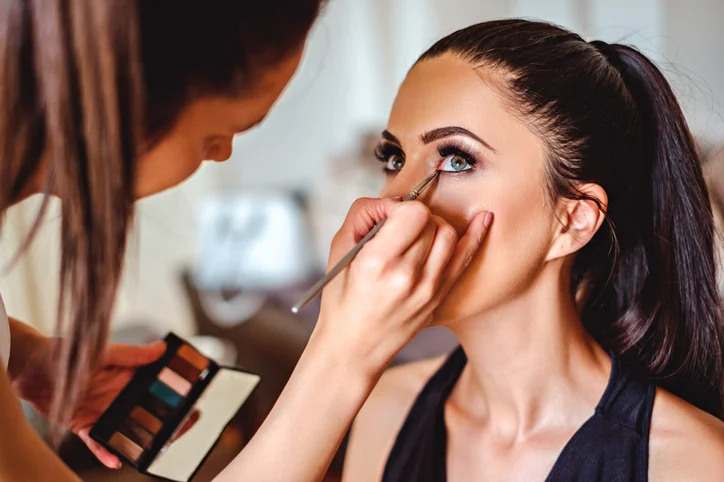Shop At Haya: Your Ultimate Shopping Guide
Discover the best shopping tips, trends, and deals for a smarter buying experience.
Eyeshadow Enigma: Decoding the Perfect Palette
Unlock the secrets to the ultimate eyeshadow palette and transform your makeup game with expert tips and trend insights!
The Science Behind Color Theory: Choosing Your Perfect Eyeshadow Palette
Understanding the science behind color theory is crucial when selecting the perfect eyeshadow palette. At its core, color theory explains how colors relate to one another and how they can evoke feelings and emotions. The color wheel, a fundamental tool in this framework, categorizes colors into primary, secondary, and tertiary hues, creating a visual representation of color relationships. For instance, complementary colors—those opposite each other on the color wheel—can create high contrast and vibrant looks when used together, while analogous colors—those next to each other—tend to be harmonious and pleasing to the eye.
When choosing the right eyeshadow palette, consider color harmony as it plays a key role in enhancing your natural beauty. Using a palette that includes a mix of matte and shimmer finishes can add dimension to your makeup look. A simple way to find your perfect palette is to think about your skin tone and undertones. For example, warm skin tones may find that earthy tones like terracotta, gold, and warm browns complement them beautifully, whereas cool skin tones often shine in shades of silver, mauve, and soft blues. By applying the principles of color theory, you can achieve a cohesive and stunning eyeshadow look that truly enhances your features.

Top 10 Tips for Selecting the Right Shades for Your Skin Tone
Selecting the right shades for your skin tone is essential for enhancing your natural beauty. Understanding your undertones is the first step in this process. Determine if your skin has warm, cool, or neutral undertones by examining the veins on your wrist: if they appear green, you likely have warm undertones; if they look blue, you have cool undertones; and if it's hard to tell, you may have neutral undertones. Once you identify your undertone, it becomes easier to choose complementary shades that will highlight your features instead of washing you out.
To further assist with your selection, consider these top 10 tips:
- Test shades in natural light.
- Try before you buy – swatch on your skin.
- Consider the seasonal shift in tones.
- Choose colors that match your personality.
- Don’t shy away from bold colors.
- Know the difference between warm and cool tones.
- Experiment with accessories in varying shades.
- Consult beauty professionals when in doubt.
- Pay attention to how certain shades make you feel.
- Remember, practice makes perfect!
How to Create Versatile Looks with a Single Palette: A Step-by-Step Guide
Creating versatile looks with a single palette can transform your makeup routine and allow for endless creativity. Start by choosing a versatile palette that includes a mix of matte and shimmer shades in complementary colors. This ensures you have the right tones for day and night looks. To begin, identify your base look, which can serve as a foundation for various styles. For a casual daytime appearance, opt for neutral shades and simple techniques. For an elegant evening look, enhance your eyes with deeper hues and a touch of shimmer, keeping the base intact.
Next, experiment with building layers. Begin by applying a light shade over the lid as a base. Then, add depth by applying a medium tone to the crease and a darker shade to the outer corners. Don't forget to highlight the brow bone and inner corners with a shimmery shade for a lifted effect. Blend well to ensure a seamless transition between colors. Lastly, add final touches like eyeliner and mascara to complete your looks. With practice, you'll discover numerous ways to create stunning, versatile looks from just one palette, making your makeup application both efficient and enjoyable.